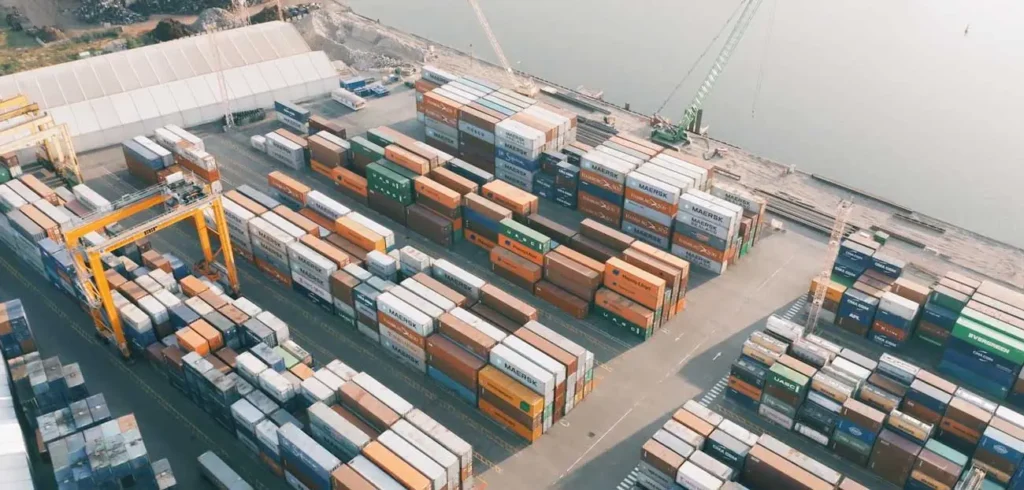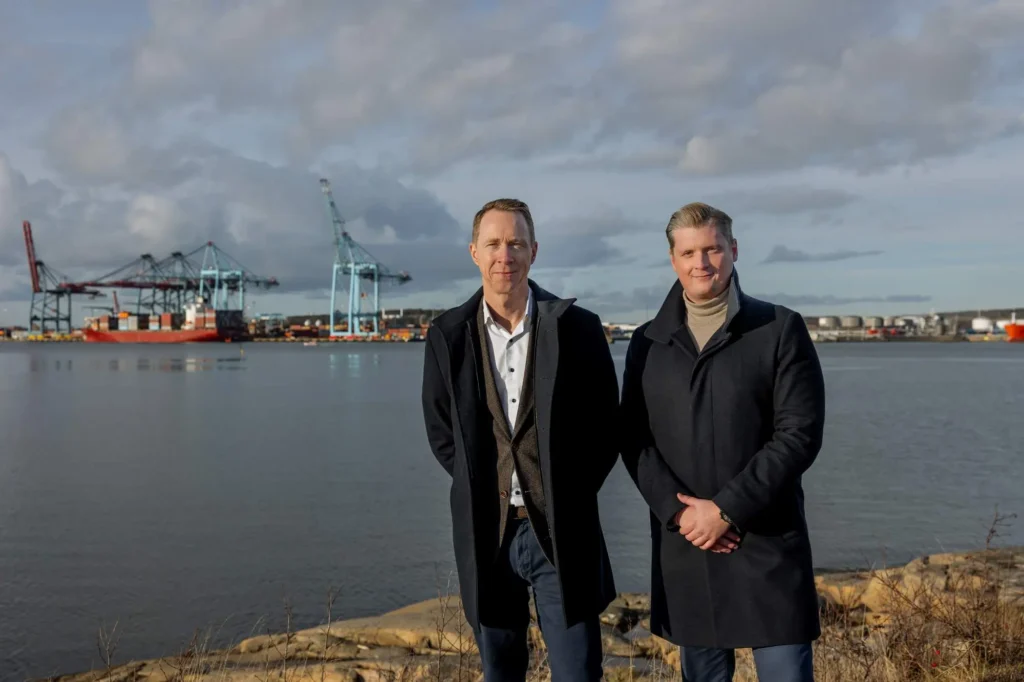For many businesses, managing logistics efficiently can be a real challenge. Balancing cost, time, and environmental impact often feels like a juggling act – especially when supply chains stretch across borders. That’s where multimodal transport comes in: a smart, flexible way to move goods that combines different modes of transport into one seamless journey.
What is multimodal transport?
Multimodal transport means moving cargo under one contract and one carrier, but using two or more modes of transport – for example, combining sea, rail, and road. Instead of managing separate shipments with multiple logistics providers, everything is coordinated as a single transport chain.
A typical example could be:
A shipment leaves a factory in Poland by truck, travels by rail to a port in Germany, and then continues by sea to the UK – all under one transport document.
This approach allows businesses to benefit from the strengths of each mode: the cost efficiency of sea freight, the environmental benefits of rail, and the flexibility of road transport.
Why multimodal transport matters
For some businesses, time and resources are often limited – and logistics complexity can quickly eat into both. Multimodal transport simplifies things while delivering several key advantages:
1. Cost efficiency
By combining modes strategically, you can optimize transport costs. Rail and sea are generally cheaper per tonne-kilometre than road or air, especially over long distances. A good logistics partner will help design a route that keeps costs down without compromising delivery times.
2. Reduced administration
Instead of managing multiple contracts, customs papers, and invoices, you deal with one logistics partner and one contract. This reduces administrative workload and risk of miscommunication — freeing time to focus on core business operations.
3. Reliability and flexibility
Multimodal setups can adapt more easily to disruptions. If there’s congestion at a port or delay on a route, the forwarder can adjust the plan using alternative modes or routes. That flexibility helps you maintain reliable delivery schedules, even in uncertain times.
4. Sustainability
Sustainability is no longer optional — it’s a business advantage. Combining greener modes like rail and sea significantly reduces CO₂ emissions compared to all-road transport. For businesses looking to meet customer expectations or sustainability reporting standards, multimodal transport offers a tangible way to make logistics more sustainable.
5. Access to global markets
With one integrated system, businesses gain access to broader trade routes and global supply chains without needing in-house logistics expertise. It’s an efficient way to scale up exports while keeping control of costs and complexity.
Choosing the right partner
To make the most of multimodal transport, choosing the right logistics partner is key. Look for a forwarder with:
-
- A strong network and multimodal experience
-
- Transparent communication and digital visibility tools
-
- A proven focus on sustainability
-
- The ability to tailor routes and solutions to your business needs
At Hecksher, we believe in combining smart logistics with responsible choices. Our multimodal solutions are designed to help companies – big and small – move goods efficiently, sustainably, and with care.
Multimodal transport is more than just a logistics buzzword – it’s a practical, sustainable solution that gives you flexibility, cost savings, and access to global trade. With the right partner, it can transform supply chain efficiency while supporting long-term business growth.




